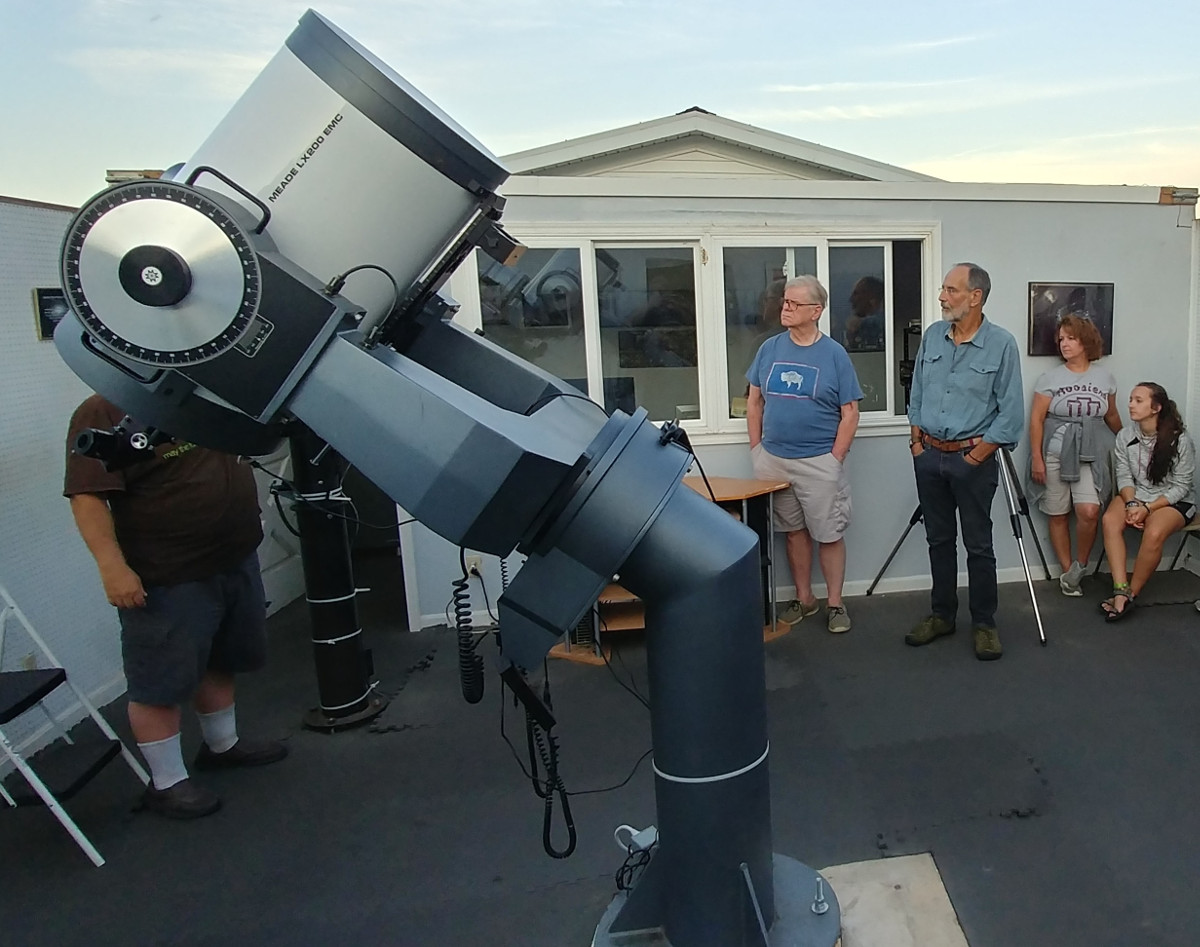
Kepler sought to answer this question by staring at a small region of the sky containing more than 100,000 stars for 3.5 years or more to look for transiting terrestrial planets, and thus determine what fraction of stars have terrestrial planets. The habitable zone is the region around a star where water can exist on a planet in liquid form. What fraction of stars have terrestrial planets located in or near the habitable zone? The Kepler mission was designed to answer a simple question. An infrared-optimized telescope allows us to penetrate dust clouds to see the birthplaces of stars and planets. These temperatures are also found in dusty regions forming stars and planets, so with mid-infrared radiation we can see the glow of the star and planet formation taking place.

Objects of about Earth's temperature emit most of their radiation at mid-infrared wavelengths. By observing the emitted near-infrared light we can penetrate the dust and see the processes leading to star and planet formation. Near-infrared light, with its longer wavelength, is less hindered by the small dust particles, allowing near-infrared light to escape from the dust clouds. Star and planet formation in the local universe takes place in the centers of dense, dusty clouds, obscured from our eyes at normal visible wavelengths. Therefore, to study the earliest star and galaxy formation in the universe, we have to observe infrared light and use a telescope and instruments optimized for this light.

Redshift means that light that is emitted as ultraviolet or visible light is shifted more and more to redder wavelengths, into the near- and mid-infrared part of the electromagnetic spectrum for very high redshifts. The universe is expanding, and therefore the farther we look, the faster objects are moving away from us, redshifting the light. To see the very first stars and galaxies that formed in the early universe, we have to look deep into space to look back in time (because it takes light time to travel from there to here, the farther out we look, the further we look back in time). The primary goals of Webb are to study galaxy, star and planet formation in the universe. And it is with infrared light that we can see stars and planetary systems forming inside clouds of dust that are opaque to visible light. It is only at infrared wavelengths that we can see the first stars and galaxies forming after the Big Bang. Sara Seager answered questions about exoplanets, the search for life, and the next technologies (like Webb!)īy viewing the universe at infrared wavelengths Webb is now showing us things never before seen by any other telescope.


Paul Geithner (Webb Deputy Project Manager, Technical) provides answers to questions about the kind of freezing temperatures the Webb telescope will endure in space. Paul Geithner: Freezing NASA's Webb Telescope Is a Matter of Survival (new window).Lee Feinberg talks about the top 3 things that Webb can do that Hubble cannot and more. Lee Feinberg AMA: Optical Telescope Element Manager for Webb (new window).Q & A with engineers cryo-testing the telescope.Technical FAQ specifically on Solar System observations. Technical FAQ on a variety of mission issues, aspects and capabilities. (General Public)Īll the major aspects of the Webb Mission are covered here.


 0 kommentar(er)
0 kommentar(er)
